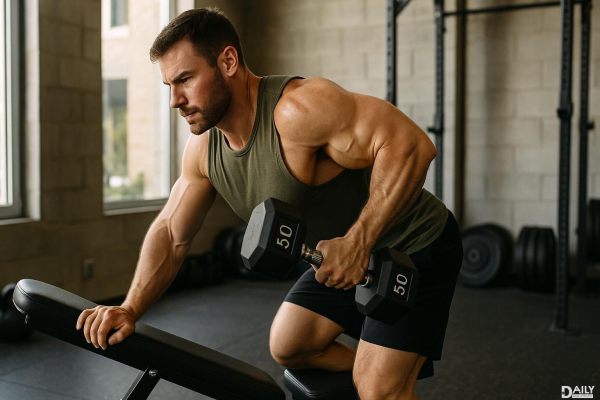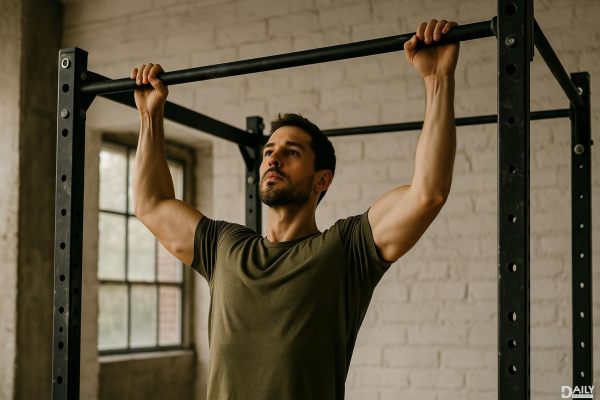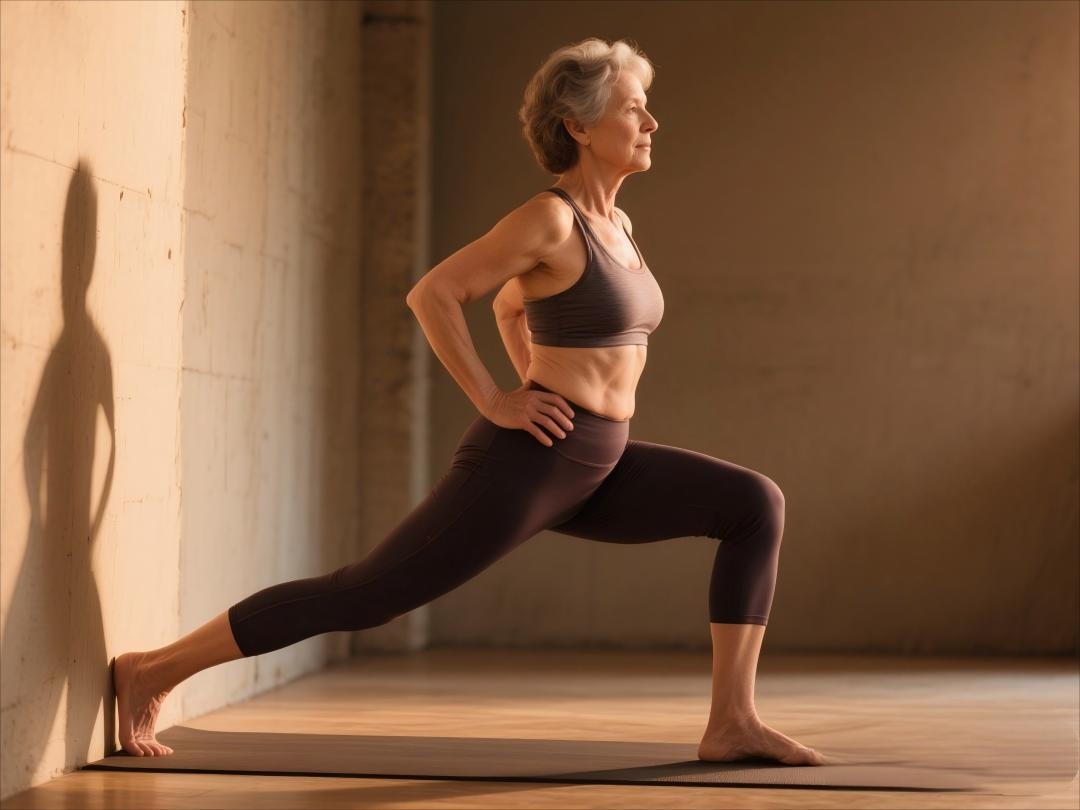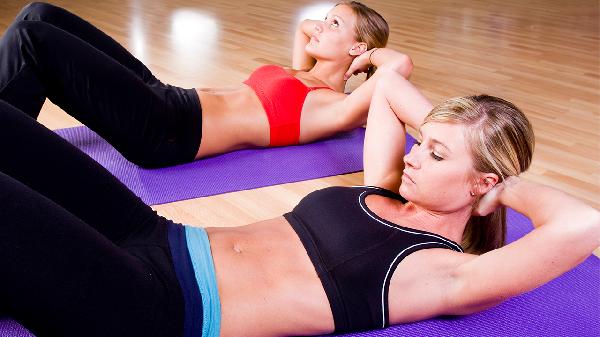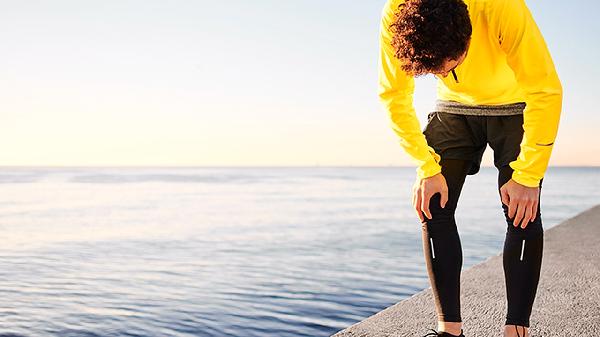Lunges are one of the most versatile lower-body exercises out there, and the best part? They can be modified for any fitness level—whether you're just starting out or you're a seasoned gym rat. From classic forward lunges to more advanced plyometric variations, there's a lunge for everyone. The key is finding the right variation to match your strength and mobility while still challenging your legs to grow stronger. Ready to mix things up? Here are 10 lunge variations that’ll fire up your quads, hamstrings, and glutes without needing fancy equipment.
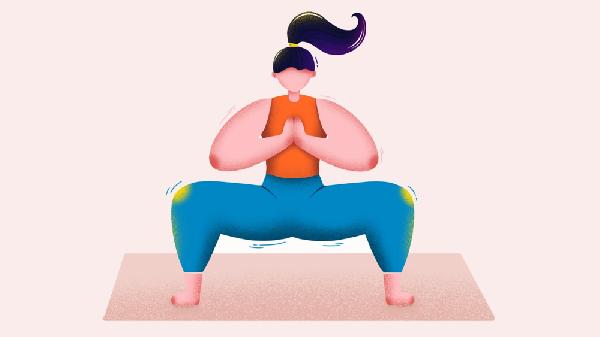
This is the OG lunge—simple, effective, and a staple in any leg day routine. Step one foot forward, lower until both knees are bent at 90 degrees, then push back up. The forward lunge targets your quads, glutes, and hamstrings while also improving balance. If you're new to lunges, start here to nail the form before moving on to trickier variations. Pro tip: Keep your front knee aligned with your ankle to avoid unnecessary strain.
If forward lunges bother your knees, reverse lunges might be your new best friend. Instead of stepping forward, step backward into the lunge. This variation reduces stress on the knees while still hammering your glutes and hamstrings. It’s also great for stability since you’re moving in a more controlled motion. Bonus: You can add dumbbells or kettlebells for extra resistance once you’ve mastered the bodyweight version.
Take your lunges on the move with walking lunges—a killer way to build endurance and strength simultaneously. Instead of stepping back to the starting position, you’ll keep moving forward with each rep. This variation amps up the cardiovascular demand while keeping your muscles under constant tension. Just make sure you have enough space (or a long hallway) to avoid tripping over furniture mid-lunge.
Most lunges focus on forward and backward movement, but lateral lunges work your inner and outer thighs (adductors and abductors) in a way other variations don’t. Step out to the side, keeping one leg straight while bending the other, then push back to center. These are fantastic for improving hip mobility and building stability in movements like squats and deadlifts.
Want to sculpt those side glutes? Curtsy lunges are your answer. Instead of stepping forward or backward, cross one leg behind the other at a diagonal (like you’re curtsying). This motion fires up the gluteus medius, which helps with hip stability and gives your backside a more rounded look. They might feel awkward at first, but once you get the hang of them, you’ll feel the burn in all the right places.
Okay, technically this is a split squat, but it’s close enough to a lunge to earn a spot on this list. Place one foot on a bench or elevated surface behind you, then lower into a lunge position. The elevated back leg increases the range of motion, making your front leg work even harder. Warning: These are brutal, but they’re one of the fastest ways to build single-leg strength.
Ready to take things to the next level? Plyometric jump lunges add explosive power to your routine. From the lunge position, explode upward, switching legs mid-air before landing softly into the next rep. These are advanced, so make sure your joints can handle the impact. They’re fantastic for athletes looking to improve vertical jump or sprint speed.
Standing on a small platform or weight plates increases the depth of your lunge, forcing your muscles to work through a longer range of motion. This variation is killer for building mobility and strength in the bottom position of the movement. Just be cautious—going too deep too soon can strain your hips or knees if you’re not flexible enough yet.
Once bodyweight lunges feel too easy, grab some dumbbells, a kettlebell, or a barbell to up the ante. Holding weights increases the load on your legs, promoting muscle growth and strength gains. You can do weighted forward lunges, reverse lunges, or even walking lunges—just make sure your core stays engaged to protect your lower back.
If you have sliders (or even a towel on a smooth floor), slider lunges add an extra stability challenge. Slide one foot back into a reverse lunge, then use your front leg to pull yourself back up. The unstable surface forces your core and stabilizer muscles to work overtime, making this a sneaky way to improve overall balance and control.
No matter which variation you choose, lunges are a powerhouse move for building leg strength, improving balance, and even boosting athletic performance. The best part? You can mix and match these variations to keep your workouts fresh and challenging. Start with the basics, progress at your own pace, and before you know it, you’ll be lunging like a pro—stronger legs and all.


